Whats the best way to treat Cypress outdoors?
av8r
10 years ago
Featured Answer
Sort by:Oldest
Comments (9)
av8r
10 years agoRelated Professionals
San Marcos Carpenters · South Miami Carpenters · Arlington Heights Flooring Contractors · Dublin Flooring Contractors · Garfield Heights Flooring Contractors · Highlands Ranch Flooring Contractors · Lakewood Flooring Contractors · Lodi Flooring Contractors · Mission Viejo Flooring Contractors · Powell Flooring Contractors · Santa Cruz Flooring Contractors · Verona Flooring Contractors · Augusta Furniture & Accessories · Carlisle Furniture & Accessories · Wichita Furniture & AccessoriesUser
10 years agoghostbeard
8 years agoDavid Wong
8 years agoDLM2000-GW
3 years agoHU-763827390
2 months agoDLM2000-GW
2 months agoav8r
2 months ago
Related Stories
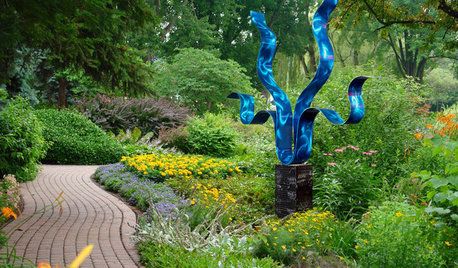
ARTWhat Sculpture Brings to the Garden
See 10 ways garden art earns its place in our personal outdoor spaces
Full Story
REMODELING GUIDESOriginal Home Details: What to Keep, What to Cast Off
Renovate an older home without regrets with this insight on the details worth preserving
Full Story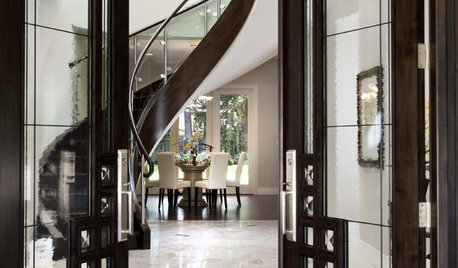
ROOTS OF STYLEArt Deco, Art Nouveau, Arts and Crafts: What’s the Difference?
If the zigzag and swirly designs of the past leave your head spinning, these descriptions will straighten you right out
Full Story
WORKING WITH PROSWhat Do Landscape Architects Do?
There are many misconceptions about what landscape architects do. Learn what they bring to a project
Full Story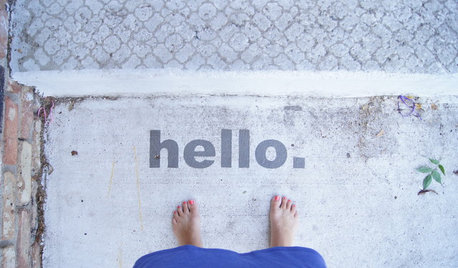
LIFEThe Polite House: What’s an Appropriate Gift to Welcome a New Neighbor?
Etiquette expert Lizzie Post suggests the right time and best presents to introduce a new neighbor to your area
Full Story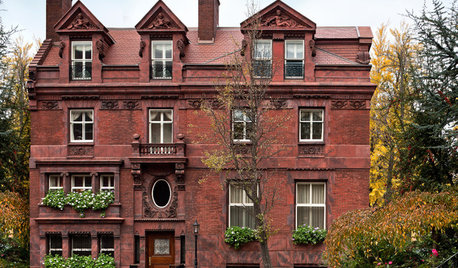
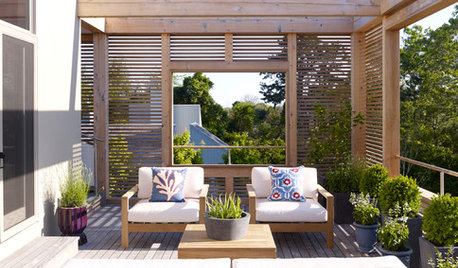
GARDENING AND LANDSCAPINGWhat to Know Before You Buy Teak Outdoor Furniture
Learn about finishes, weathering, care and that age-old oil debate to get the teak furnishings that suit you best
Full Story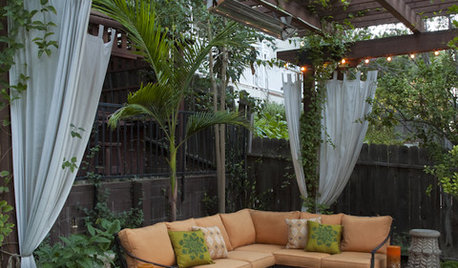
GARDENING AND LANDSCAPINGChill Out: 10 Cool Ways to Beat the Heat Outdoors
Step away from the A/C's artificial blast — and treat yourself to these more natural cool-down methods in the great outdoors
Full Story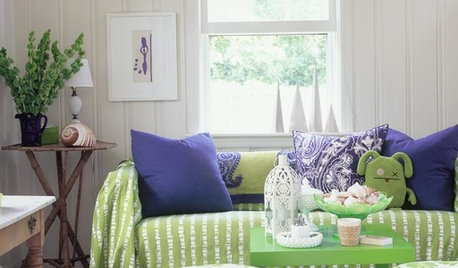
LIFESimple Pleasures: 25 Ways to Make the Most of a Staycation
Give the daily grind the day off by hiding your work stuff, treating yourself and enjoying the outdoors
Full Story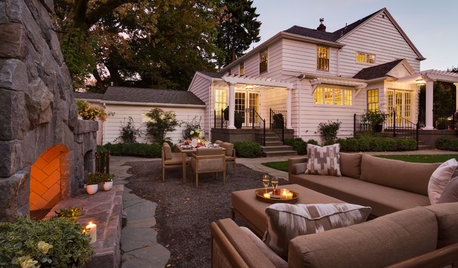
GARDENING AND LANDSCAPINGHouzz Survey: See What Homeowners Are Doing With Their Landscapes Now
Homeowners are busy putting in low-maintenance landscapes designed for outdoor living, according to the 2015 Houzz landscaping survey
Full Story









millworkman